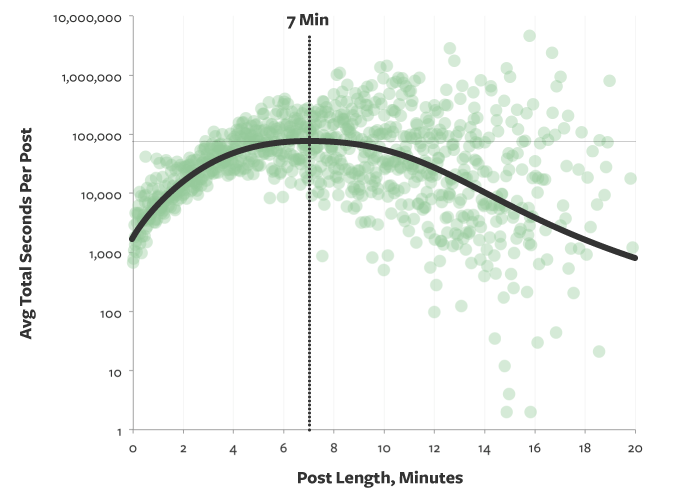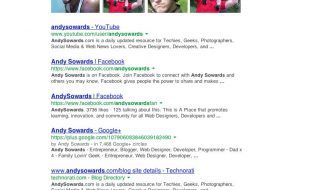
Did you realize that the latest studies reveal how human attention spans have shrunk by nearly a quarter in the last fifteen years alone? While claims that we’re lagging behind even goldfish may be a slight exaggeration, this fact alongside increasingly brief online interactions leaves marketers facing a unique and seemingly insurmountable mountain.
Facilitated in large part by platforms like Instagram, Snapchat, and YouTube (which interestingly gives marketers just 5 seconds to make an impact,) there’s simply no room for marketing that goes around the houses right now. It’s therefore the role of an in-house marketing team or digital marketing agency to think about what would attract even these shortening attention spans to commit to a purchase. We’ve got some tips that should increasingly help towards that goal.
# 1 – Lean on images

For marketers making use of visually-based platforms like Instagram, pictures have never been better able to tell a thousand words. This can be great fun for creating impactful marketing that hits right to the consumer sweet spot, but it can also see poor product photography preventing even fantastically written descriptions from selling. While this doesn’t mean that marketing teams need a photography degree or the latest DSLR, clean, crisp well-edited images that incorporate your logo, products, and even team members are certainly more likely to go get people talking in the way that your more time-consuming content has been failing to do for a while.
# 2 – Create skimmable content

An effective marketing campaign right now needs to incorporate content like blog posts, press releases, and email newsletters. In each instance, bulky paragraphs or even unbroken blocks of text are never going to appeal to customers who, more often than not, now simply skim through articles like these on a small smartphone screen during their daily commute or lunch break. Instead, companies need to consider skimmable content that’s broken not only by the images mentioned, but also through subheadings, bullet points, and even clickable navigation links at the start of the article. This makes the relevant information far easier for even passing audiences to access, ultimately providing the best possible value, and thus making conversions far more likely.
# 3 – Focus on clear calls to action

Without calls to action, even informative content that boosts SEO is never going to create conversions, especially given that leads would have to further research off their own back to find out what you actually do/want from them. In keeping with quick-fire messages, marketing content of all shapes and sizes should therefore focus on immediately obvious calls to action, that are either visually or expressly displayed as one of the first things that skimmers see. That way, even uninterested individuals skimming across social media platforms at lunch are way more likely to click on your ad, and buy what you’re quite clearly offering.
Short attention spans pose undeniable marketing problems, but they also spell an exciting age for concise, multimedia marketing focuses with mass appeal. Are your upcoming marketing materials up to that challenge?




